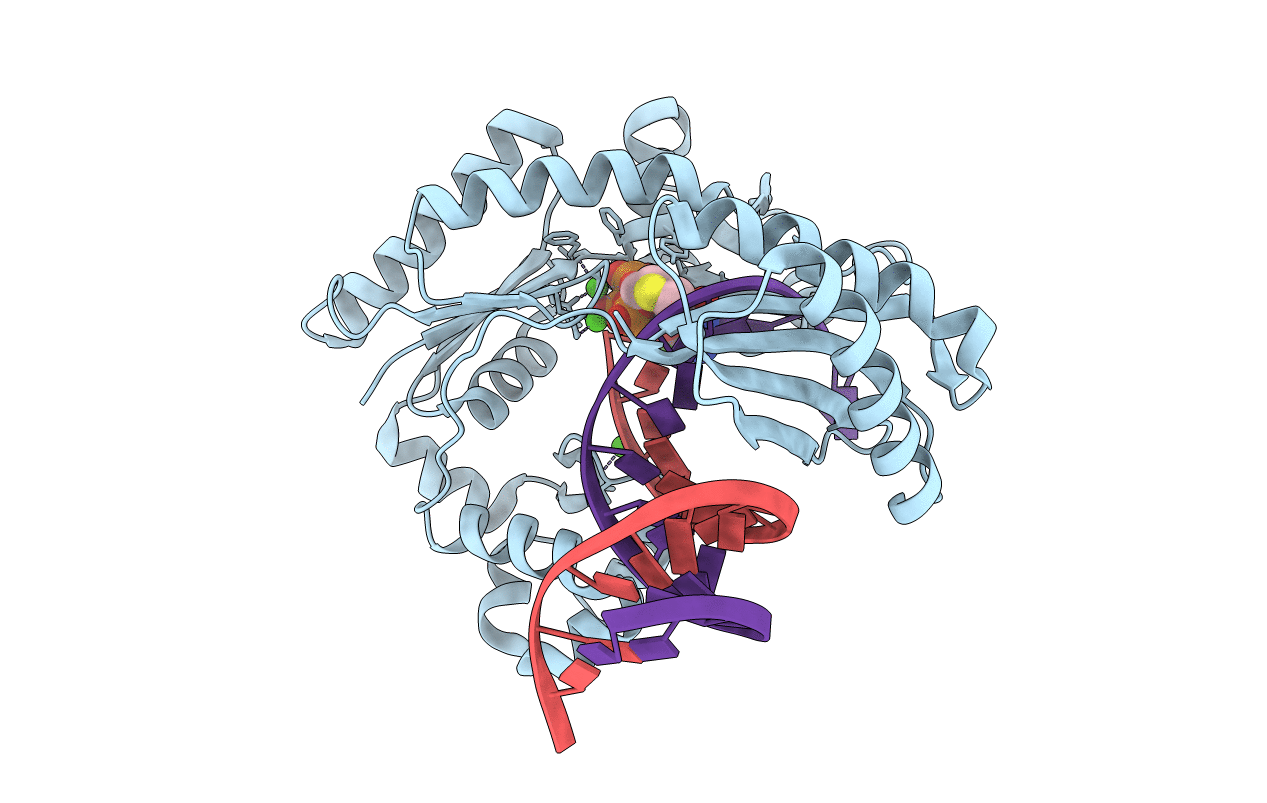
Deposition Date
2014-07-16
Release Date
2014-08-27
Last Version Date
2024-02-28
Entry Detail
PDB ID:
4QW9
Keywords:
Title:
TERNARY CRYSTAL STRUCTURES of A Y-FAMILY DNA POLYMERASE DPO4 FROM SULFOLOBUS SOLFATARICUS IN COMPLEX WITH DNA AND (-)FTC-PPNP
Biological Source:
Source Organism:
Sulfolobus solfataricus (Taxon ID: 273057)
Host Organism:
Method Details:
Experimental Method:
Resolution:
2.40 Å
R-Value Free:
0.27
R-Value Work:
0.24
R-Value Observed:
0.24
Space Group:
P 21 21 2


